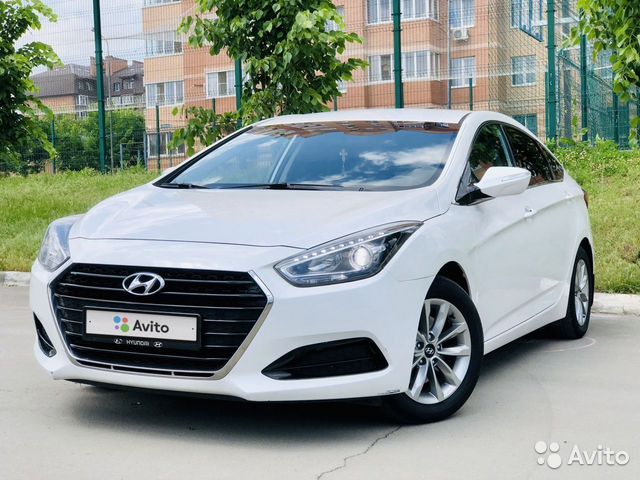
Volvo V40 – different quality?
“Economic growth is high, public finances are strong, unemployment is falling. This gives us an opportunity for reforms.” Considering the current political and economic situation in the Old Continent, this sounds like a bad joke. And one more thing - in the Kingdom of Sweden, the budget surplus in 2011 amounted to $ 7 billion, thanks to which the government once again decided to ... reduce taxes! So, it would seem that the Swedes are very good at managing their assets. However, history shows that this was not always the case...
At one time, the Scandinavians from Volvo decided to team up with one of the largest industrial conglomerates in the world, Mitsubishi. This Japanese brand, listed on the Tokyo Stock Exchange, is not only involved in heavy industry (steel mills, shipyards), aircraft, weapons and chemicals, banking or photography (Nikon), but it is best known for producing great cars with sporty flair. At some point in the history of both of these well-known brands, their fates coincided. What came of it?
The Volvo V40 is nearly identical to the Mitsubishi Carisma. Both cars were built on the same floor slab, often used the same drives, and were produced at the same Nedcar plant in the Netherlands. Moreover, both are also ... reproached for the terrible workmanship, unknown to both manufacturers, and the resulting failure rate of the models! However, as the users of the small Swedish station wagon themselves note, “this quality and the failure rate are not so bad.”
The history of the Volvo compact wagon (the sedan version was marked with the S40 symbol) began at the end of 1995. The car, which was produced until 2004, gained immense popularity. Attractive design, rich equipment, excellent gasoline engines (especially the 1.9 T4 with 200 hp), a high level of safety (the model was the first in history to receive four stars in Euro-NCAP tests), attractive prices - all these factors made the Swedish compact it won market.
However, the extremely dynamic rise in popularity of the brand's niche (read: prestige) product, unfortunately, has not been without a loss of quality - declining production standards have made Volvo's low quality loud - suffice it to mention the poor finishing materials, the fit of which was also very annoying. , loud, too rigid and unstable multi-link rear suspension (the front one was simpler anyway, it turned out to be not much better), emergency gearboxes in diesel versions, or short-lived cardan joints - well, the older models of the Swedish manufacturer did not surprise with such “surprises”.
Fortunately, throughout the entire period of production, the Volvo compact has undergone numerous upgrades, thanks to which the manufacturer has actually managed to deal with all the problematic elements of the model. The most important of these occurred in 1998 and 2000. In fact, the specimens leaving the Born plant at the beginning of the third millennium can be recommended with a clear conscience - they are very refined, safe, still attractive in appearance, and also quite reliable in gasoline versions.
It is not surprising that the most popular petrol versions are: 1.6 l, 1.8 l and 2.0 l. Naturally aspirated 105-liter petrol engines not only burn a lot, but in addition their performance is not so different from the 122-liter version, for drivers who can put up with high fuel consumption (although it is still only slightly higher than a naturally aspirated 1.8-liter version) and … tyres. In addition, the specificity of the unit means that the turbocharger in heavily worn vehicles may need to be replaced - unfortunately, the bill for this service can be quite high.
In the case of the diesel versions, we have a choice of two drives, each in two power outputs. Both older versions (90 - 95 hp) and newer common rail engines borrowed from Renault (102 and 115 hp, with the more powerful version equipped with a turbocharger with variable blade geometry) consume an average of about 6 liters of diesel fuel per 100 km. and with proper maintenance should provide reliable service for many years. Their weak points are: the injection system and the V-belt guide on the 1996-2000 versions, and the breakage of the intercooler cable on the Common Rail versions.
Interestingly, industry experts talk a lot about diesel versions (with twin gearboxes) borrowed from Renault. However, as stakeholder views show, i.e. users, and they are not doing as badly as bounce rates show.
Phot. www.netcarshow.pl

